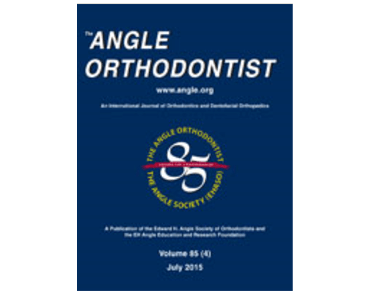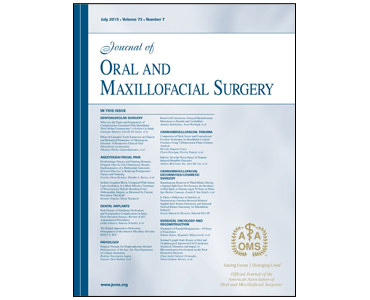Three-Dimensional Assessment of Facial Development in Children With Unilateral Cleft Lip With and Without Alveolar Cleft. M Krimmel, S Kluba, M Breidt, M Bacher, S Müller-Hagedorn, K Dietz, H Bülthoff, S Reinert.
Date: January 2013. Source: Journal of Craniofacial Surgery, Volume 24, Issue 1, pp313-316. Abstract: Children with cleft lip or cleft lip and alveolus represent a minor group in the cleft population. The aim of this study was to analyze the faces of these children. In a prospective, cross-sectional study, 344 healthy children and 30 children…










